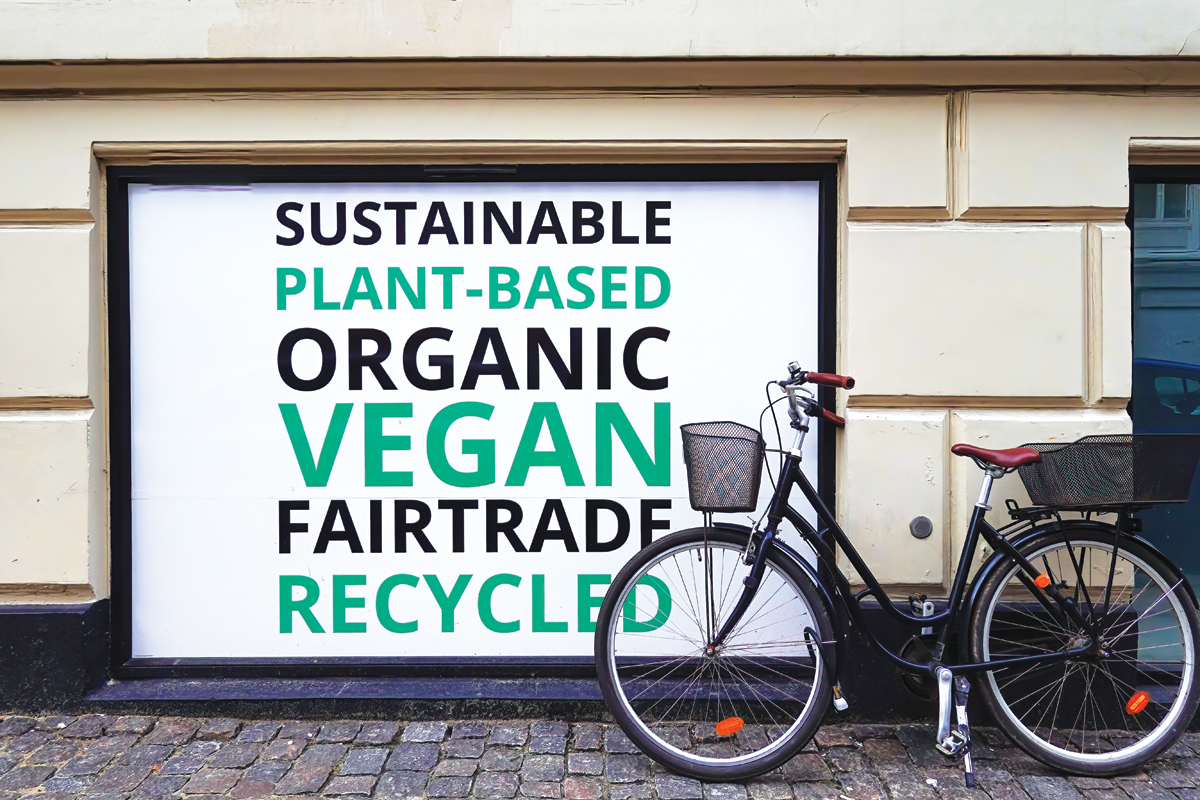The Danish government allocates around 11 million euros annually to a fund for plant-based foods. Its aim is to make plant-based diets accessible and appealing to everyone.
Denmark is famous for pork production. The number of pigs even outnumbers the human population. It may therefore surprise outsiders that the country is taking steps towards a dietary shift. Earlier this year they launched a fund aimed at promoting plant-based food. The initiative is one of the outcomes of a broad political agreement on “a Green Transition for Danish agriculture” reached in 2021.
Marie-Louise Boisen Lendal, The Chair of the Fund for Plant-based Foods (Plantefonden), is pleased by the fact that “the whole agreement has an overwhelming parliamentary majority behind it. From left to right there is a very singular voice behind this particular effort in the transition, since the law was univocally accepted”, and she adds “plant-based foods need to be popular and broadly accepted. The Danish decision-makers have in that matter shown responsibility from right to left.”
The agreement states that a shift to more plant production is a central element of the green transition. To support this transition, the parties decided to allocate around 11 million euros annually until 2030 to finance a dedicated fund for plant-based food initiatives. The funding was secured by moving resources from an existing governmental fund with a more general aim to support research and development in the agri-food sector.
“In our strategy we have identified a need to support the whole value chain in this shift. We need better-quality plant-based products as an alternative to meat and dairy products. But in particular we need to influence consumers in their everyday choices. So in our first action plan we are targeting projects that in a variety of ways make plant-based foods more attractive for consumers,” says Marie-Louise Boisen Lendal when explaining the fund’s initial focus. The fund can be used to support various activities, including knowledge transfer, information campaigns, research and development, and participation in quality schemes. At least half of the resources are earmarked for organic projects, in line with Denmark’s political objective to double organic farming by 2030.
The first call for proposals was opened in May 2023, and the fund’s initial focus will be on three key areas. First, efforts will be made to increase the share of plant-based food in public and private institutional kitchens and food services. Second, the promotion of private consumption of plant-based food among Danes will be prioritised. And finally, the fund aims to boost the demand for Danish plant-based food in export markets. Grants will be awarded to companies, organisations, research institutions, and knowledge dissemination bodies.
Signe Kristine Nørgaard, the project manager for establishing the fund, is satisfied with the response: “The interest was quite overwhelming, we held an applications webinar and the attendance exceeded the capacity of our online meeting. So we had to ask people to sit in pairs in front of their computers so that everybody could take part.”
The deadline for applications was the last day of August 2023. “The number of applications for the first round ended at 97 projects and the total amount applied for exceeds several times the available funds.”
The fund’s definition of plant-based foods encompasses a broad range of items derived from plants, edible fungi, algae and beneficial microorganisms. This includes both unprocessed and processed raw materials and ingredients, potentially combined with non-animal components suitable for food production. The scope covers various items such as root vegetables, whole plants, stems, buds, flowers, fruits, seeds, mushrooms, yeasts, seaweed, and algae from land-based and marine sources. But it is not always easy to draw the line between what is plant-based and what is not. Signe Kristine Nørgaard explains: “We cannot support the promotion of hybrid products that are only partly plant-based, on the other hand we may support a canteen which serves some meat, but where the goal of the project is to increase the proportion of plants on each plate. The meals could still contain some meat, but that is not the goal of the project.”
The launch of this fund shows that even a country with vested interests in the meat industry can work proactively to transform the food system so that it better aligns with our long-term climate and health goals. When asked what European decision-makers can learn from this initiative, Marie-Louise Boisen Lendal wants to see dedicated action on a dietary shift:
“We need a total shift in our food system if it is going to become more sustainable. Plant-based food is the only solution that has the potential to deliver this at large scale. So plant-based food consumption and production need to be a political priority all over Europe. Plant-based food must be available and affordable for every European and not just for the privileged.”
“Historically, decision-makers have impacted food-consumption and production many, many times. This is no different. You have to make more plant-based diets attractive and accessible.”
Kajsa Pira
The Fund for Plant-based Foods (Plantefonden) is administered by the Danish Board of Agriculture: https://plantefonden.lbst.dk/
This article will be part of a report on sustainable food system policy, which will be published later this autumn.































